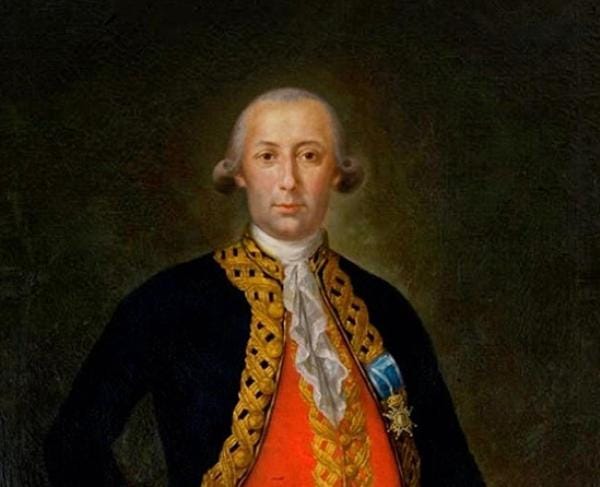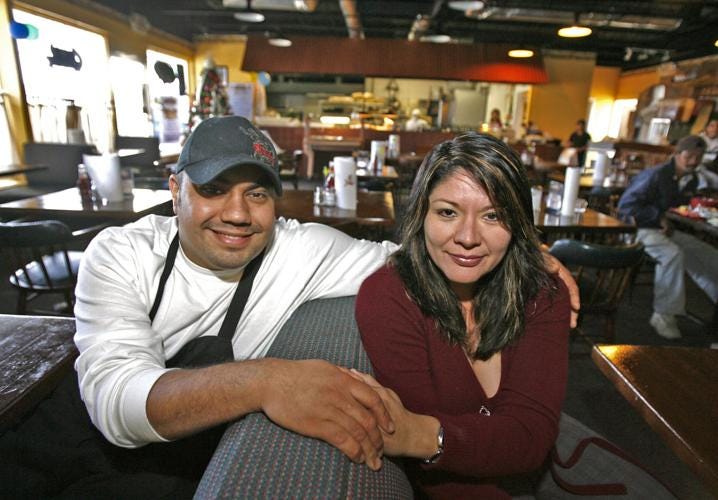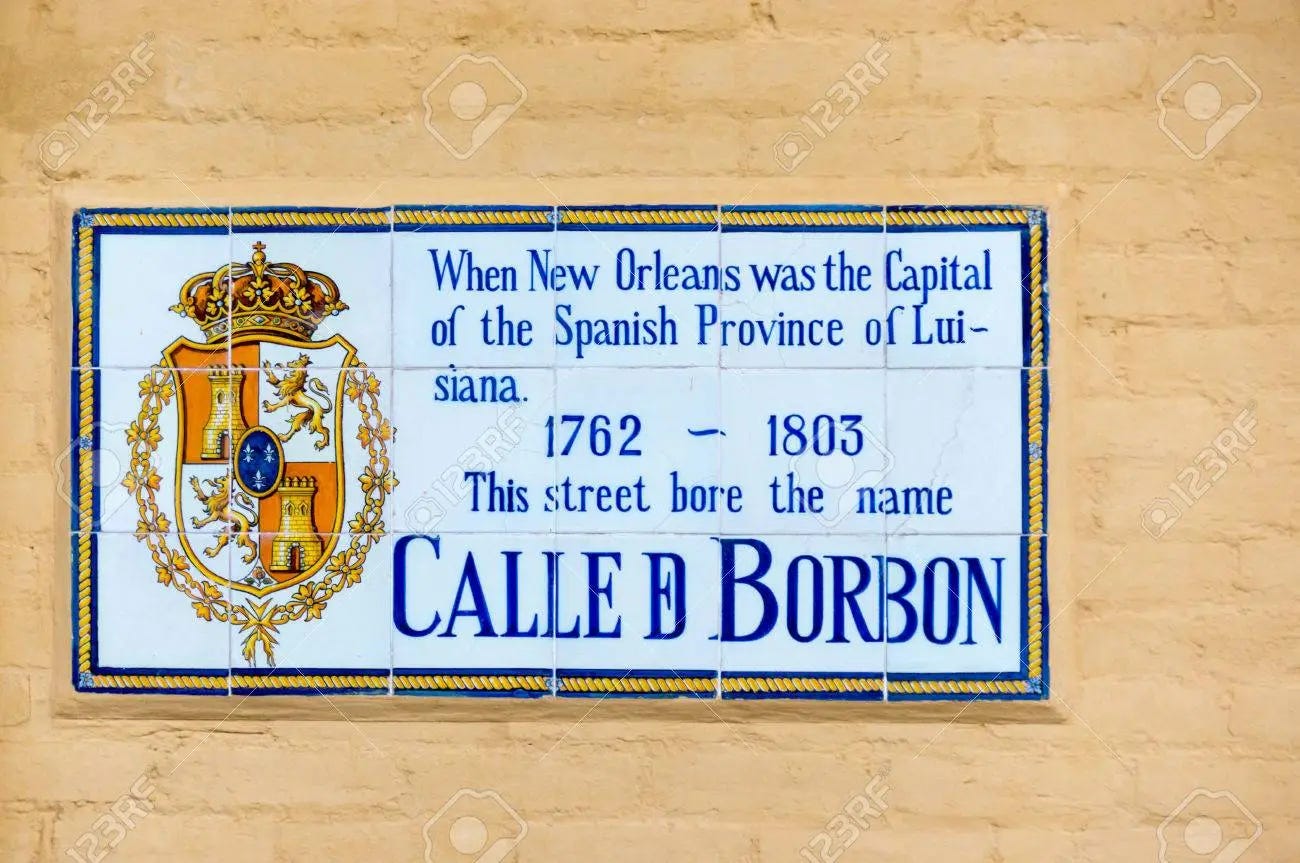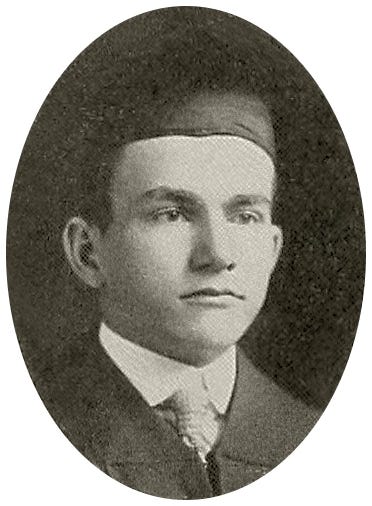I want to know more!
I’m with a group of Northwestern American Studies, Latino Studies, and Black Studies majors in Louisiana. We’re staying in New Orleans, but right now we’re on a day trip to the Whitney Plantation, an hour outside of the city. The trip is connected with our One Book One Northwestern program, for which we’re reading and discussing Clint Smith’s book How the Word Is Passed. So, we’re focused mainly on the history and commemoration of African enslavement. But I have this parallel interest that’s running through my mind everywhere we go: Latino New Orleans.
I have a kind of episodic understanding of the city’s Latino roots, but I’d love to read something more comprehensive that connects all the dots. There’s the history of Spanish Louisiana, from the 1760s to the early 1800s, and figures like Bernardo de Galvez—namesake of Galveston, Texas, and unsung hero of the American Revolution. There’s the Mexican government’s role in the 1884 World’s Fair in New Orleans, and the small Mexican community of musicians and artisans. There’s the post-Katrina Mexican immigrant community that helped rebuild New Orleans.
For these histories, you can check out:
Kathleen DuVal, Independence Lost: Lives on the Edge of the American Revolution, which has an excellent chapter on Galvez.
Valeria Jiménez (a Northwestern history Ph.D., ahem, ahem), “Brokering Modernity: The World’s Fair, Mexico’s Eighth Cavalry Band, and the Borderlands of New Orleans Music, 1884-1910,” which has great stuff about the city’s Mexican community at the turn of the century.
And Julie Weise, Corazón de Dixie: Mexicans in the U.S. South Since 1910, which has a chapter on the racial strategies of Mexicans trying to avoid segregation in Jim Crow-era New Orleans, and also—in the Conclusion, if I’m remembering it right—on the post-Katrina rebuilding of the city.
I’m sure there’s much more in addition. I fully expect your, “come on, Gerry,” comments, because I’m not remembering, or don’t know about, lots of other stuff.
But what connects these dots?
A couple of the most interesting tidbits I’ve picked up in the couple days that I’ve been here:
First, in the French Quarter, the Spanish government has put up ceramic tile markers on lots of street corners, to let passers-by know what the old Spanish street name was, and, more broadly, to remind tourists, and perhaps city residents and leaders as well, that New Orleans was a Spanish city. I guess I’m assuming that the Spanish government was somehow involved, because in the bottom right corner, there’s the signature of the artist, a year, and “España.” I guess it’s possible that they tiles were just made in Spain, and the government had nothing to do with it, but the tiles reminded me of Spain’s general effort to un-sully (I don’t think that’s a word) its reputation in the Americas, as one not only defined by conquest and genocidal violence. Good luck!. I don’t know when the tiles were put up, but they don’t look that old.
Second, Leander Perez, the isleño Democratic boss of St. Bernard’s Parish in the early to mid-twentieth century. According to the always-reliable Wikipedia (ha!), isleño is “an ethnic community descended from settlers from the Canary Islands, Spain,” who came to Spanish Louisiana between 1778 and 1783 and “intermarried with other communities such as Frenchmen, Acadians, Creoles, Hispanic Americans, Filipinos, and other groups, mainly through the nineteenth and early twentieth centuries.” He’s most well-known as a staunch segregationist, who invited to resettle in his Parish all New Orleans families who didn’t want to send their children to school with Black students.
If anyone knows more about the Latino history of New Orleans, let me know!








I would like to know moré about our impact on the Economy of Louisiana. Now since the new governor is pushing for stricter policy on immagrants. Also how some of the visa workers in the Bayou State are housed and treated like modern day slaves at the craw fishing and sugar cane farms? It’s not just New Orleans with a history but the whole as a state. From Shreveport down to Forest Hill to Goudeau into New Roads. Latino history is over and still being made.
Look for the statue of Benito Juarez, who lived there on two separate occasions while in exile. 1200 Conti St, New Orleans, LA 70112